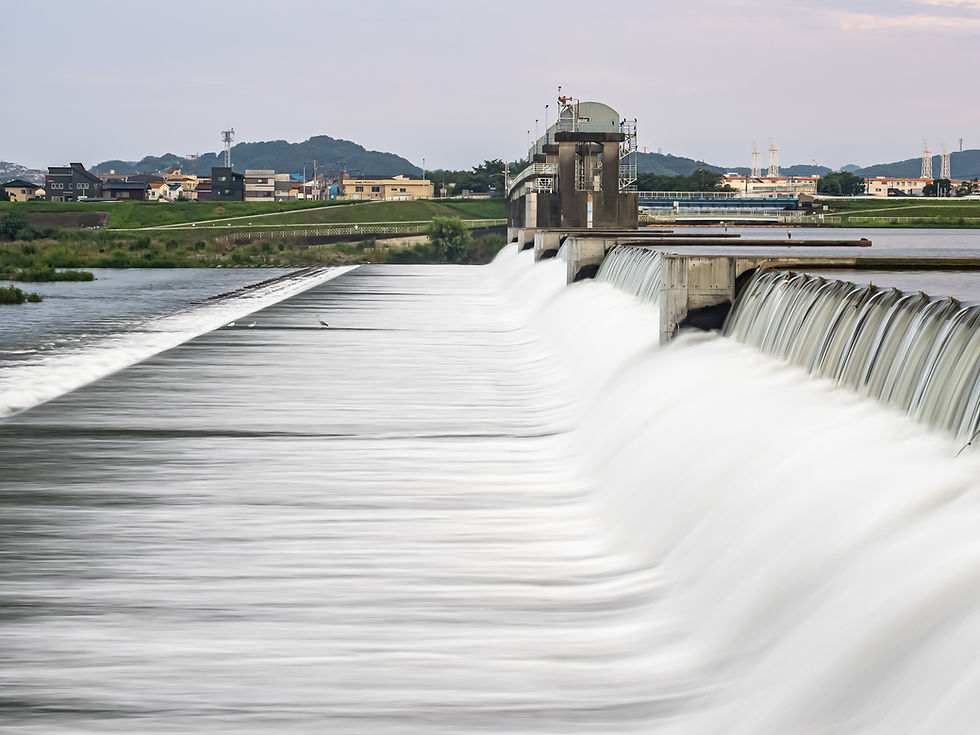Geo-resistivity Survey in Brgy. Calapan, Moncada, Tarlac
- generaladmin2
- Feb 2
- 4 min read
Updated: Jul 4
Client: Moncada Water District - Euro Products Inc.
Location: Brgy. Calapan, Moncada, Tarlac
Moncada, Tarlac faces an escalating water crisis where agriculture and daily life are at risk. Moncada, Tarlac is confronting a growing water shortage that is threatening the well-being of its residents and the future of its agriculture-driven economy. Many households across multiple barangays still lack access to safe and reliable water, placing everyday life — and livelihoods — in jeopardy. Moncada spans 85.75 square kilometers and is home to 62,819 people, making up 4.18% of Tarlac’s total population (2020 Census, PhilAtlas). Despite its size and significance in the province, water access remains a critical gap in community development. Source:Philatlas

The town’s economic backbone is farming, with rice, corn, root crops, vegetables, watermelons, and mangoes as major outputs. Yet even as the land produces food, many families cannot rely on basic water access at home. The lack of sufficient supply is already undermining health, productivity, and food security. Source: Moncada, Tarlac LGU
Urgent Groundwater Solutions Underway In response to this urgent situation, our team conducted a geo-resistivity survey to identify potential groundwater sources for deep well drilling. With the municipality’s water needs outpacing supply, these surveys are essential to develop new water infrastructure that can serve both residential zones and agricultural operations.
The local government has pinpointed the 10 most affected barangays, with Camangaan East and Calapan at the top of the list. Even in San Juan, the least affected barangay, water shortages persist — underscoring that this is a town-wide challenge.
Without swift and science-based interventions, Moncada risks deeper public health issues, declining agricultural output, and economic instability. Groundwater exploration is no longer optional — it is essential to protect the town’s people, prosperity, and future.
Source: Moncada tarlac LGU

Our team, led by Engr. Kristian with a decade of field experience and technical specialization on the topic, went to the field. Armed with advanced geo-resistivity technology, we navigated the rugged terrain of Brgy. Calapan. Our mission was clear: to identify potential groundwater sources that could meet the growing demands of the community.

There were several challenges such as these areas are prone to soil liquefaction which can affect the stability of drilling operations and the longevity of wells. Soil liquefaction occurs when saturated soil substantially loses strength and stiffness in response to an applied stress, such as an earthquake. Source: Moncada LGU
The water table depth can vary significantly, affecting drilling costs and the success of finding reliable water sources. Soil Conditions: Different soil types and conditions (e.g., hard rock, soft soil) require adaptable drilling techniques, which can increase operational complexity and costs. Compliance with local regulations, such as those set by the National Water Resources Board (NWRB), is essential to avoid legal issues and ensure sustainable water management. Source: Geomate Journal
Despite the challenges posed by the region's low-yielding aquifer and the scarcity of previous studies, our determination remained unwavering.

Using the survey data, we identified several feasible sites, each holding the potential to provide much-needed relief to the area. The geo-resistivity report also includes the accurate well design that contains the information about the exact location, aquifer depth, well depth, estimated yield, and cost of construction of the project. We never give up on this task and provide detailed data to help the clients determine a feasible location for a deep well.

Key Insights
Low-Yielding Aquifer: Brgy. Calapan's aquifer, as indicated by previous geological studies, yields minimal water, making our discovery even more noteworthy.
Data Scarcity: The lack of extensive previous studies meant we were exploring largely uncharted territory.
Survey Challenges: Limited space for conducting surveys added another layer of complexity to our mission.
Growing Demand: The increasing water needs of the surrounding areas highlighted the urgency of our work.
Innovative Solutions: One of the most valuable lessons from this project was the effectiveness of alternative technologies. By leveraging innovative tools, we overcame spatial limitations and successfully conducted our surveys.

Our journey in Brgy. Calapan is just the beginning. As we continue to explore and innovate, we invite you to follow our progress and share your thoughts. How can we further refine our methods? What other regions could benefit from similar surveys? Let's collaborate to ensure a sustainable water future for all. If you need any further modifications or additional information, feel free to let me know!





